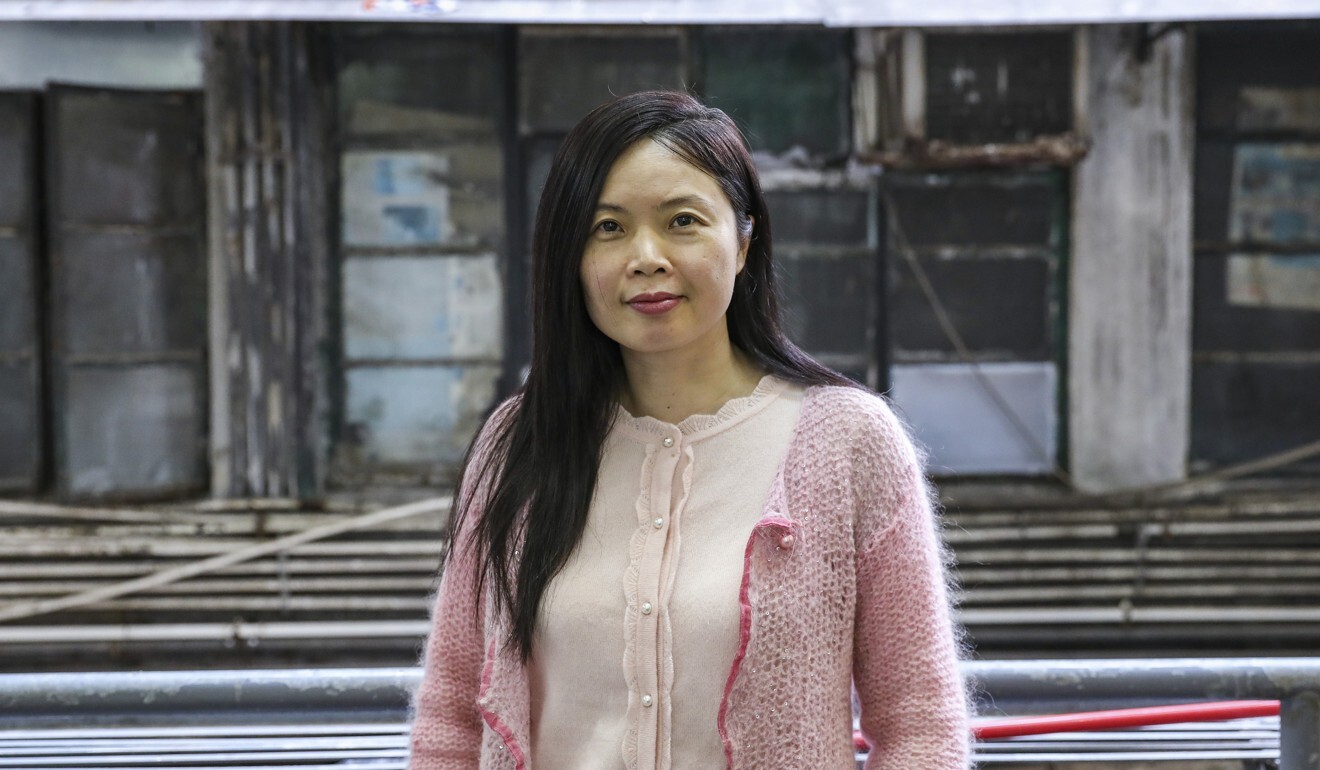
Hong Kong protests, US-China trade war blamed as city marks high of 1.5 million under poverty line ... and that’s just for 2019
- Latest government report based on figures compared with 2018, and does not take into account Covid-19 pandemic this year
- But expert cautions against reading too much into statistics as numbers reflect relative poverty, with poverty line set at 50 per cent of median household income
The number of underprivileged Hongkongers has grown by nearly 100,000 in over a year, with the city marking an 11-year high of about 1.5 million people struggling under the poverty line, according to the latest government report on 2019 figures released on Wednesday.
Authorities attributed the worsening problem to “a double whammy of the local social incidents and [US-China] trade tensions” that had hit the economy, while social workers warned of an even gloomier picture this year amid the Covid-19 pandemic.
According to the Hong Kong Poverty Situation Report, Kwung Tong recorded the highest poverty rate among districts of 27.2 per cent, or 180,300 residents living beneath the poverty line.
This was followed by Sham Shui Po and Kwai Tsing, both of which recorded a poverty rate of 24.7 per cent. In terms of low-income population numbers, Yuen Long had 141,600 while Sha Tin marked 137,000.
One in five Hongkongers living below the poverty line in 2018
The report, which was tabled for discussion at Wednesday’s meeting of the Commission on Poverty, only covered 2019 and had yet to reflect the impact of the coronavirus on the city.
The latest study found that some 21.4 per cent of the Hong Kong population, or about 1.49 million people, involving 649,000 families, were living under the poverty line. In 2018, the figures were 20.4 per cent, or 1.4 million people spread over 613,000 families.
The figures from last year were the highest since records began in 2009, when 1.35 million people or 20.6 per cent of the population lived under the poverty line.

02:37
Hong Kong NGO helps families in poverty improve living environment
Despite the grim trend, officials argued the reality was not as bad. They pointed out that after taking into account various social security allowances and one-off government relief subsidises, further analysis showed the poverty rate was only 9.2 per cent, or a population of 642,000.
This so-called post-intervention rate compared favourably with that in 2018, of 9.3 per cent. Still, the number of people in the low-income group had increased slightly from 638,000 in 2018.
But the government also expressed concern over an increase in poor working households. Despite social security benefits, “over 35 per cent of the increase in the poor population in 2019 came from working households”, it said, contrary to past trends where this was attributable to economically inactive families.
Poor in Hong Kong: life is hardest for the elderly, jobless and single-parents
“This illustrated that the weakened economic environment with fewer job opportunities would have a negative bearing on the situation of the working poor,” the government said in a statement.
It said the social unrest and US-China trade war were to blame for the worsened poverty rate.
“As local social incidents caused severe disruptions and battered the consumption- and tourism-related sectors that involved substantially lower-skilled jobs, grass-roots families were particularly hard hit,” the report stated. “All these unfavourable developments, coupled with accelerated ageing ... and continued dwindling of household size, exerted unprecedented upwards pressures on poverty indicators.”
The report however said the government had done a lot in alleviating poverty, citing figures such as recurrent expenditure on social welfare that had doubled to HK$93.9 billion in 2020-21, compared with 2012-13.
The Hong Kong economy went into recession in the second half of 2019, contracting by 2.8 per cent and 3 per cent year on year in the third and fourth quarters respectively, and by 1.2 per cent for 2019 as a whole.

Sze Lai-shan, of the Society for Community Organisation, warned more Hongkongers could fall under the poverty line in 2020, in the wake of the Covid-19 economic slump. She urged the government to introduce allowances for the jobless or unemployment insurance.
“Many overseas countries are having such allowances,” Sze said, adding: “We can’t wait until it is too late. From the cases our group has been serving, we have already noticed that a lot of families faced financial trouble because their breadwinners were thrown out of work due to the pandemic.
“And the government’s relief funds seem to benefit bosses or business owners more than grass-roots people who are really in need,” said Sze, who also sits on the Commission on Poverty.

Professor Terence Chong Tai-leung, an economist at Chinese University’s Lau Chor Tak Institute of Global Economics and Finance, was less worried. “We are talking about relative poverty here, a condition where household income is set as a certain percentage below median incomes.
“Even if all Hong Kong people made several billion dollars a year, some 20 per cent of them might still be regarded as living under the poverty line.”
In line with common practice in other economies, Hong Kong also sets the poverty line at 50 per cent of the median monthly household income, based on family size. In 2019, the median monthly income for a two-person household was HK$28,900, while that of a four-person unit was HK$43,500, according to the Census and Statistics Department.
As household assets are not taken into account, the government has treated the poverty line analysis as a framework to help understand forms of poverty and monitor the situation. It has expressed views that setting the poverty line does not mean the administration should automatically offer subsidies to individuals or households below the mark.

